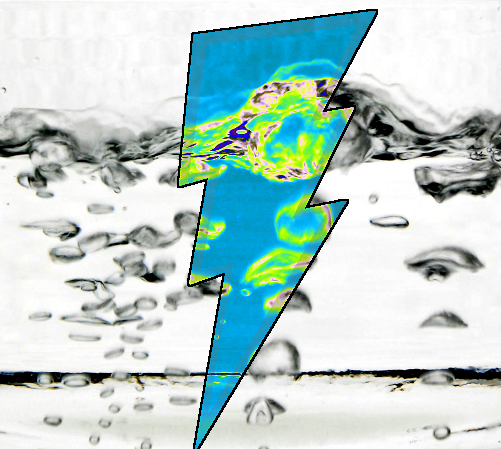ARENA backs hydrogen ideas
 New money has been provided for advances in hydrogen storage and Indigenous-led renewable projects.
New money has been provided for advances in hydrogen storage and Indigenous-led renewable projects.
The Australian Renewable Energy Agency (ARENA) has announced a $2 million grant to Lochard Energy for an 18-month feasibility study into large-scale hydrogen production and storage in Victoria's Otway Basin.
This study marks the second stage of Lochard's H2RESTORE project, aiming to enhance the National Electricity Market (NEM) through long duration, seasonal hydrogen storage.
Finding methods for cost-effective storage of renewable hydrogen is a critical challenge, according to ARENA CEO Darren Miller.
“Solving the storage issue will be critical to enabling renewable hydrogen to be used as a form of long duration energy storage in Australia,” Miller says.
H2RESTORE seeks to generate hydrogen through electrolysis using excess energy from the NEM and store it underground for future use.
Lochard Energy plans to repurpose existing underground gas storage facilities for hydrogen, potentially reducing storage costs and enabling longer duration storage.
The feasibility study, which commenced in early 2024, seeks to confirm the technical viability of storing hydrogen in sandstone formations and develop a concept for a commercial underground hydrogen storage facility.
Tim Jessen, CEO of Lochard, says the project has the potential to transform energy storage and usage as Australia moves towards net zero emissions, noting the pivotal role of ARENA's support in advancing towards a pilot facility and eventually, a commercial-scale operation.
At the same time, ARENA jas announced a $1.66 million grant to the Aboriginal Clean Energy Partnership (ACEP) for a feasibility study into the East Kimberley Clean Energy and Hydrogen Project.
This project - designed to generate renewable energy, hydrogen, and ammonia for export - is a potentially groundbreaking First Nations partnership in renewable energy developments. Mr Miller has highlighted the initiative as a model for future renewable energy developments, emphasising the leadership role of First Nations groups in Australia's energy transition.
The East Kimberley project, aiming to establish one of the world's largest renewable hydrogen and ammonia production facilities, is considered a major step towards economic prosperity, Indigenous empowerment, and environmental stewardship.







 Print
Print